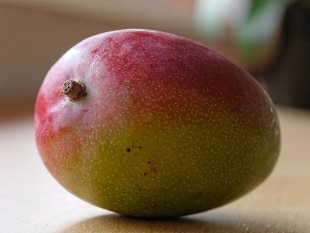- New Istat basket: vegan foods, centrifuges and smartwatches
- Istat updates the basket: tattoos come in, bunks and sleeper cars come out
- Istat changes the basket: there is car sharing and gluten-free food. Tax assistance also enters Tasi
Share
02 February 2018 Istat revises the list of products that make up the reference basket for the detection of consumer prices. The main novelty of 2018 is the use of the prices registered at the checkouts of hypermarkets and supermarkets by scanning the bar codes (scanner data) of goods for home and personal care, coming from the Organized Large Distribution (GDO) of trade to the retail (hypermarkets and supermarkets).Among the products that represent the evolution in spending habits, in 2018 they enter the basket: avocado and mango which, together with pineapple (already under investigation for some years), make up the aggregate of exotic fruit product; Washer dryer, which integrates the washing machines, dryers and dishwashers consumer segment, expanding the range of products that save families time in domestic activities; Robot vacuum cleaner, which enriches the product aggregate for household cleaning appliances.
The following are included in the basket: Public telephony service, whose expenditure values borne by families have decreased so much as a result of the spread of mobile telephony that it is no longer representative of Italian consumption. Rai fee, which the regulations have assimilated to a tax to be paid through the electricity bill and no longer linked to the purchase of a service; Mp4 player, whose spending incurred by households is falling sharply as the product is surpassed by others with similar purposes but with more advanced technology.
In the weighting structure of the NIC basket updated to 2018, we note the increase in the weight of Transport and hospitality and catering services which is offset by the drop in that of Education. The expenditure division on Food and non-alcoholic drinks continues to have the greatest weight in the basket (16.51%), followed by Transport (14.67%), hospitality and restaurant services (11.74%) and Housing, water, electricity and fuels (10.80%).

